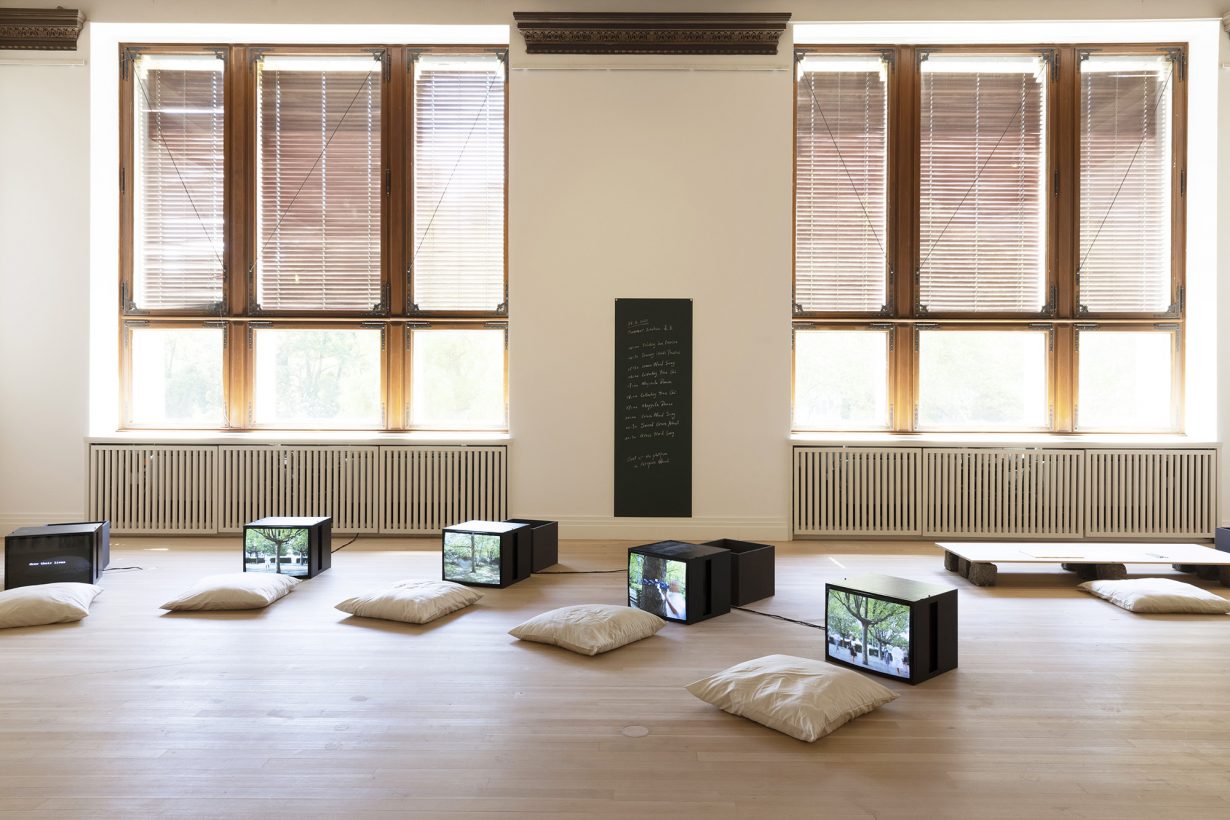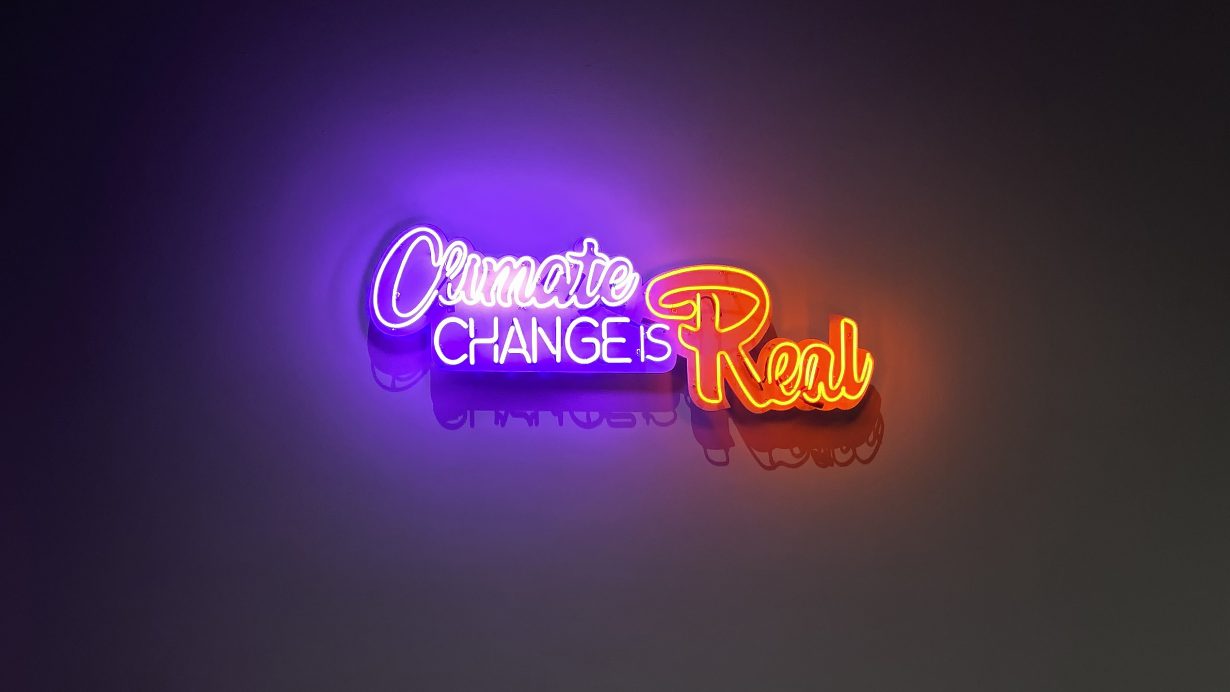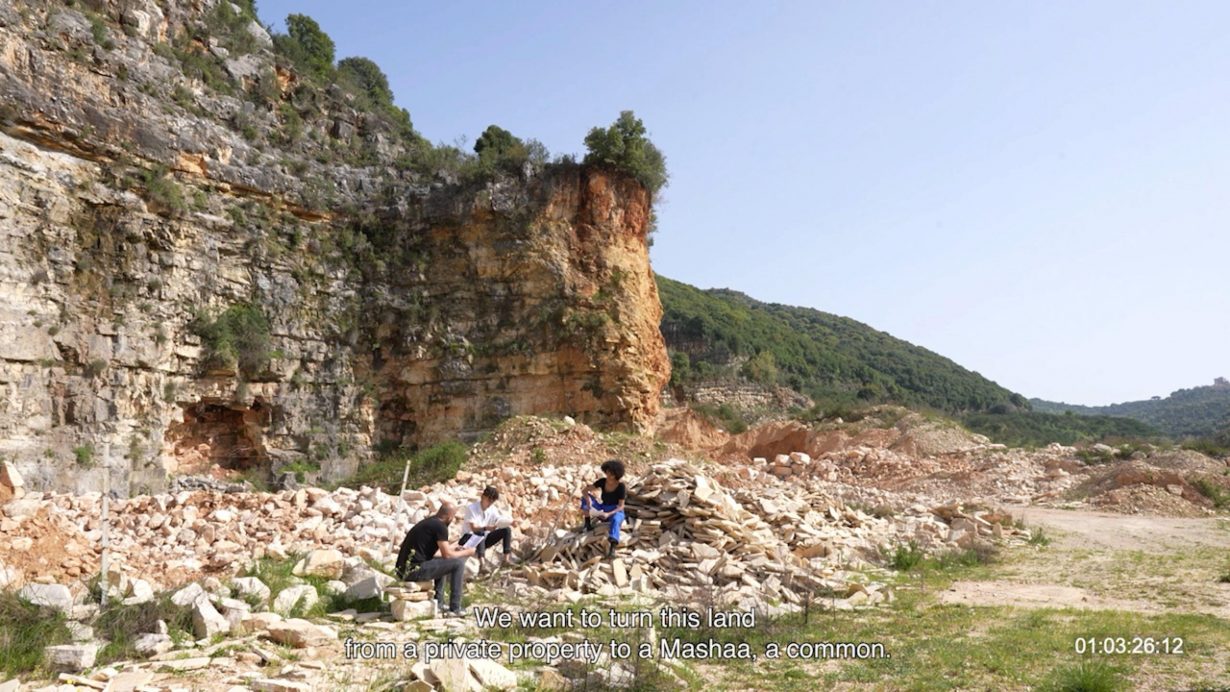Artists and institutions seem content to merely ‘address’, ‘engage with’ or ‘respond to’ the climate crisis. It’s time for a concerted shift towards action
Exhibitions of art about ecology have been sprouting up everywhere, usually operating under some premise of ‘raising awareness’ for the climate crisis. The Hayward Gallery – with their ongoing exhibition, Dear Earth: Art and Hope in a Time of Crisis – is just one recent example of many institutions, in London alone, that have rushed to stage ecocritical shows over the last few years: the Serpentine has an ongoing programme called General Ecology via which they stage related exhibitions like Back to Earth (2022); the Barbican Art Gallery’s Our Time on Earth (2022); various exhibitions at Tate, among them A Clearing in the Forest (2022); The Photographers’ Gallery’s When I image the earth, I imagine another (2021); Somerset House’s We Are History (2021); or the Royal Academy’s Eco-Visionaries (2019). Countless others have been staged around the world: a random sampling might include Simbiología: Prácticas Artísticas en un Planeta en Emergencia (Centro Cultural Kirchner, Buenos Aires, 2021); Adaptation: A Reconnected Earth (MCAD Manila, 2023); and Our Ecology (Mori Art Museum, Tokyo, autumn 2023). And that really is to name just a few. While these exhibitions do doubtlessly have the potential to inform ideological narratives surrounding the ecological crisis, they can so often feel futile in the face of real environmental devastation.
Art wields immense possibilities in its potential to visualise ideas, but its role throughout history and in various cultures has continuously changed: it can function for its own sake, envision radical possibilities and, in more recent years, it has acted as a research medium; through all of this, it has generally continued to act as an art object that invites speculation. Art institutions have also treated art as such, taking their cues from the art and artists they exhibit. What feels different, however, about ecocritical art is that the very topic it engages with proposes widespread ruin and demands that action be immediately taken to counteract such an apocalypse.

© Cristina Iglesias. Photo: Dejan Sarić

Take Dear Earth…, in which Andrea Bowers’s 2017 neon-light installation declares Climate Change is Real. Its cursive, purple and red letters throw coloured light over its corner of the room it shares with Bowers’s saccharine paintings (sporting titles such as Eco Grief Extinction Series, Let Us Feel Heartbreak [Quote by Deena Metzger; Bird: Maui Akepa, Declared Extinct October 2021, 2022]) of girls mourning extinction and a separate sculpture, Memorial to Arcadia Woodlands Clear-Cut (Green, Violet, and Brown, 2014), that looks like a giant chandelier made of ropes affixed to the remains of a destroyed tree (Bowers was arrested in 2011 while attempting to save an oak woodland in Arcadia, California; on her release from prison she returned to scavenge the fragments of what was left). Bowers’s artworks here convey a sort of anguish for the dying planet, but their corny execution makes them feel rather naïve, emblematic of the exhibition as a whole: while the exhibition’s text explains that the show operates under a framework of ‘ecologies of hope’ to ‘invite audiences to consider the unique and evolving role art has to play in today’s climate crisis’, the viewer is left with the impression that this art hasn’t really done much. For the most part, the artworks included in Dear Earth…, among them Otobong Nkanga’s beautiful tapestry, In a Place Yet Unknown (2017), seem to merely ‘address’, ‘engage with’ or ‘respond to’ the climate crisis. Which is frustrating.


What the institution would have benefitted from doing is emphasising the same artists’ practices that operate as interventions or even acts: Bowers, Ackroyd & Harvey, Imani Jacqueline Brown and Jenny Kendler are all climate activists. Without that, what we are left with here is the vague sense that the exhibition is attempting to suggest that some sort of universal optimism will help the planet through its man-made devastation. Which isn’t a lot. But it could be.
What I’d like to encourage, then, is ecological art’s concerted shift towards praxis. The public often laments, as in one recent reader’s letter to The Guardian, a sense of hopelessness that ‘climate activism is doomed to fail… in the face of corporate greed, government inaction and rampant consumerism’. According to a 2020 Oxfam study, the richest 10 percent globally were responsible for 52 percent of all carbon emissions between 1990 and 2015, while the poorest 50 percent emitted 7 percent during that time; a 2017 report by Carbon Majors reveals that more than 70 percent of global emissions come from just 100 companies. In the face of all this despondency, it’s no surprise that so many exhibitions have turned to positive messages of hope and care, like Actions for the Earth: Art, Care & Ecology (travelling the US, 2023); however, the use of such positive refrains can feel quixotic in the face such statistics. As climate-scholar Andreas Malm writes in How to Blow up a Pipeline (2021), ‘The commitment to the endless accumulation of capital wins out every time.’

Which is why ecological artists and exhibitions should perhaps turn to an ecological artistic praxis: Documenta 15 included many interdisciplinary works of this type, including INLAND, founded by artist Fernando García-Dory, an ecological activist-collective that engages with global, rural movements and functions as an art academy, shepherd school, school for peasant leaders and much more. INLAND produced many projects for the quinquennial, but of particular consequence here is an exhibition claiming to be a ‘Folk Un-Museum’ at one of the Documenta venues that brought INLAND’s collaborative projects of praxis into the fine art space, such as Bee Flag (2022) with local beekeeper Michael Hertweck or Cheese Pavilion (2022), a cave in which cheese ferments onsite and is sold to demonstrate slow and sustainable agrarian practices. Also included in Documenta 15 was Marwa Arsanios’s Part 4 of Who is Afraid of Ideology (2017–), a film documenting her collaborative project with an agricultural cooperative that sought to shift a private plot of land in North Lebanon into a communal waqf – a charitable endowment under Islamic law – that would benefit the community and return to more ecologically sustainable agricultural practices. Both of these examples also challenge what exactly art is – the Cheese Pavilion falls beyond the normative remit of an art installation. One can also be uncertain about whether the artwork of Arsanios’s project is the film or the collaborative project, but perhaps it’s time to think of the artwork as both.
This proposed shift in art’s function from the production of speculative art objects to one of material praxis, particularly with regard to ecological art, inevitably dredges up the age-old question: what is art’s function? Given the current state of ecological degradation, perhaps it’s time for a more concerted effort towards action. There are certainly limitations to this approach, particularly within the gallery space, which can’t house sheep to be shepherded, but perhaps it’s more a question of a shift in emphasis, towards practices that combine art and activism and actively engage the viewer. Does this necessitate a fundamental shift in how we define art? Yes. But in times like this such rules are made to be broken.
